Details of two Dundee schools were Raac concrete is present have been revealed.
Parents at Ardler and St Fergus primary schools, which sit metres apart, have been sent letters informing them of the presence of the material in the school buildings.
Raac has forced the closure of more than 100 schools in England amid fears over safety.
So far, buildings north of the border have remained open with ministers saying there is no immediate safety risk.
On Tuesday, Education Secretary Shirley-Anne Somerville told the Scottish Parliament that 37 schools across Scotland have been found to contain Raac.
Raac used in roof structure of two Dundee primary schools
Dundee City Council had previously not revealed the names of the two schools affected in Dundee.
But a letter sent to parents and carers at Ardler and St Fergus primaries on Tuesday said: “You may have seen recent publicity about public sector buildings constructed with a building material called reinforced autoclaved aerated concrete (Raac).
“I can confirm, following discussion with colleagues in the city development service, that Raac has been used in part of the roof structure at our school.
“Please be reassured that there is no cause for concern at this time. The roof has been, and continues to be, inspected regularly by experts.
“The Raac area is described as being in good condition currently with no structural issues apparent.
“The specialist inspectors are therefore satisfied that the school can safely operate as normal.
“The wellbeing of our pupils, staff and the wider school community will always be our first priority.
Detailed inspections of Raac in Dundee schools every 6 months
“The council will ensure that detailed inspections of the roof area continue to be carried out at least every six months in line with national guidelines.
“I hope that this addresses any questions or concerns you may have, but if you required further information please don’t hesitate to contact the school.”
Raac has been found in a series of other public buildings in Tayside and Fife including university sites and police stations.
The aerated concrete, used mainly between the 1950s and 1990s, is said to have a limited lifespan.
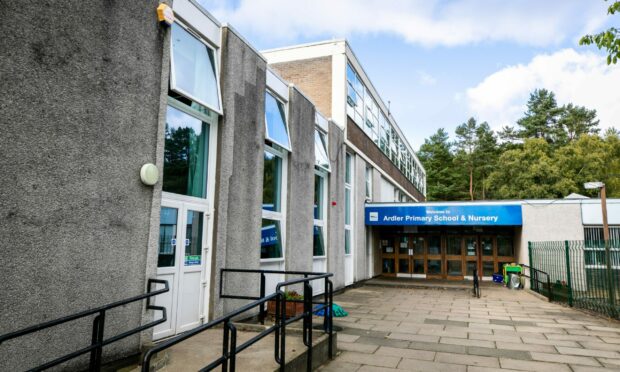
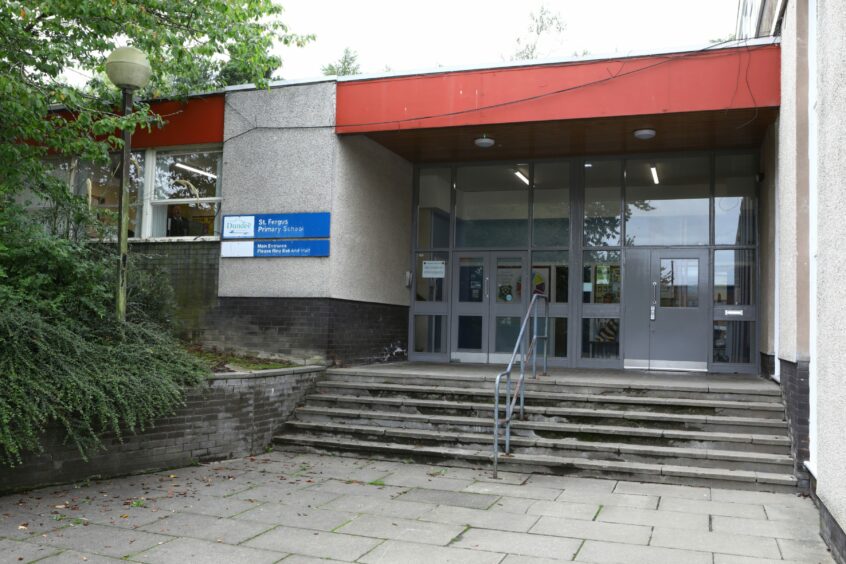




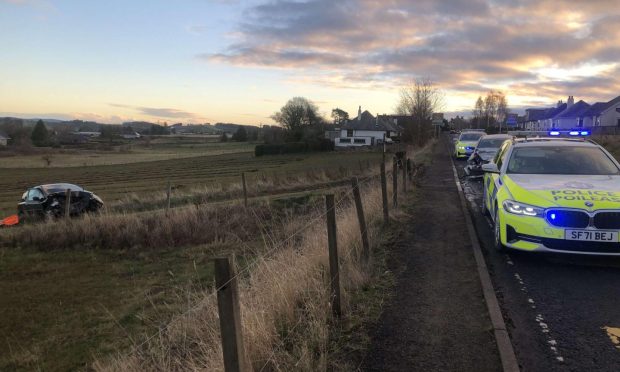
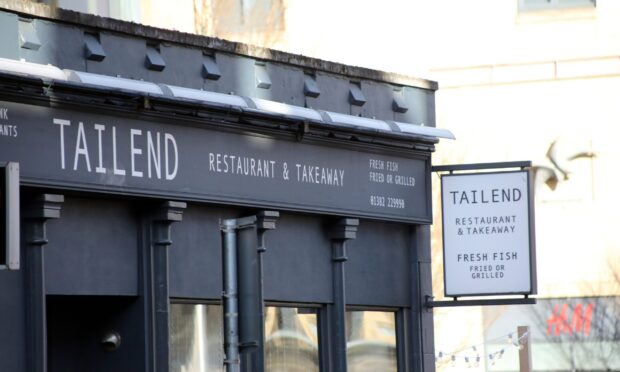


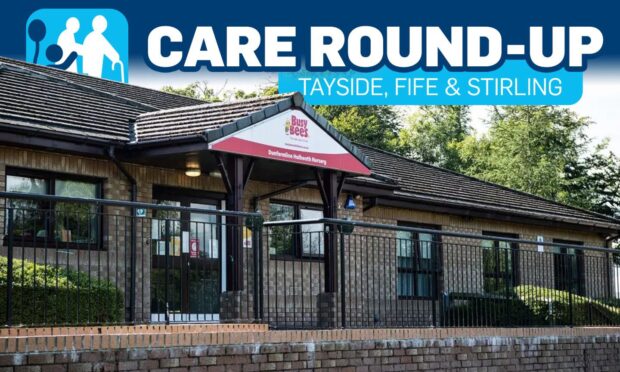

Conversation